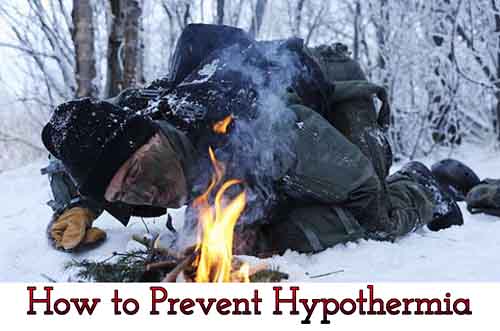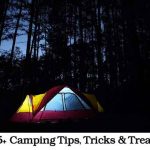How to Prevent Hypothermia
People regularly confuse hypothermia and hyperthermia. The difference is in the prefix. It’s easy to remember if you remember that a hyperactive child or a “hyper” child is one who is overactive. So, hyperthermia is too much heat. Hypothermia, what we’re talking about right now, is the opposite; not having enough body heat. Make sure you are prepared for cold weather by checking the forecast and weather warnings! Wear appropriate warm clothing in cold weather and make sure your children are well wrapped up when outdoors. A significant amount of body heat can be lost through the head, even if the rest of the body is covered up, so you and your children should wear a warm hat. Multiple thin layers of clothing trap air, which keeps you warm more effectively than one thick layer. Waterproof and windproof clothing gives the best protection outdoors in the sort of weather conditions.
Watch yourself and others for these hypothermia symptoms:
- Uncontrollable fits of shivering.
- Vague, slow, slurred speech.
- Memory lapses, or incoherence.
- Immobile, fumbling hands.
- Frequent stumbling.
- Drowsiness
- Apparent exhaustion. Inability to get up after a rest.
The most important thing to remember about cold weather camping is to KEEP DRY. Moisture will reduce the insulating properties of almost everything. To keep yourself warm, remember the word COLD.
C. Keep yourself and your clothes Clean. Clean clothes have a greater insulating value
O. Avoid Overheating. Try to avoid perspiring.
L. Wear clothes Loose and in Layers. Layers trap pockets of air adding insulating value.
D. Keep Dry. Wet clothes loose up to ninety per cent of their insulating value. If your clothes become wet, change clothes or dry them immediately!
Check out preppingplans,com by clicking the link below now for ore information on how to prevent hypothermia. Make sure you check out other articles while you are there, some great advice and lots of tips!






